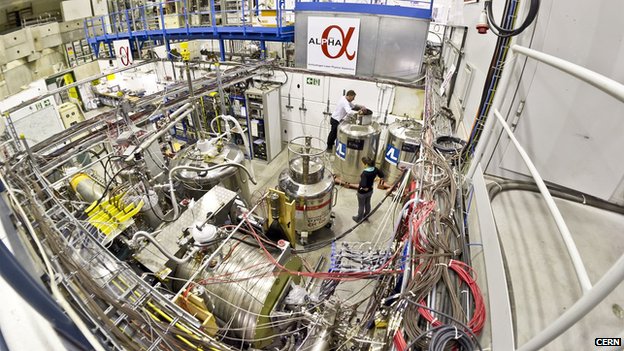JimBowie1958
Old Fogey
- Sep 25, 2011
- 63,590
- 16,753
- 2,220
Overview of Theoretical and Experimental Progress in Low Energy Nuclear Reactions (LENR) (22 March 2012)
Pretty interesting summation of the state of LENR research that shows the tech has a lot of promise and substance in fact.
Pretty interesting summation of the state of LENR research that shows the tech has a lot of promise and substance in fact.


